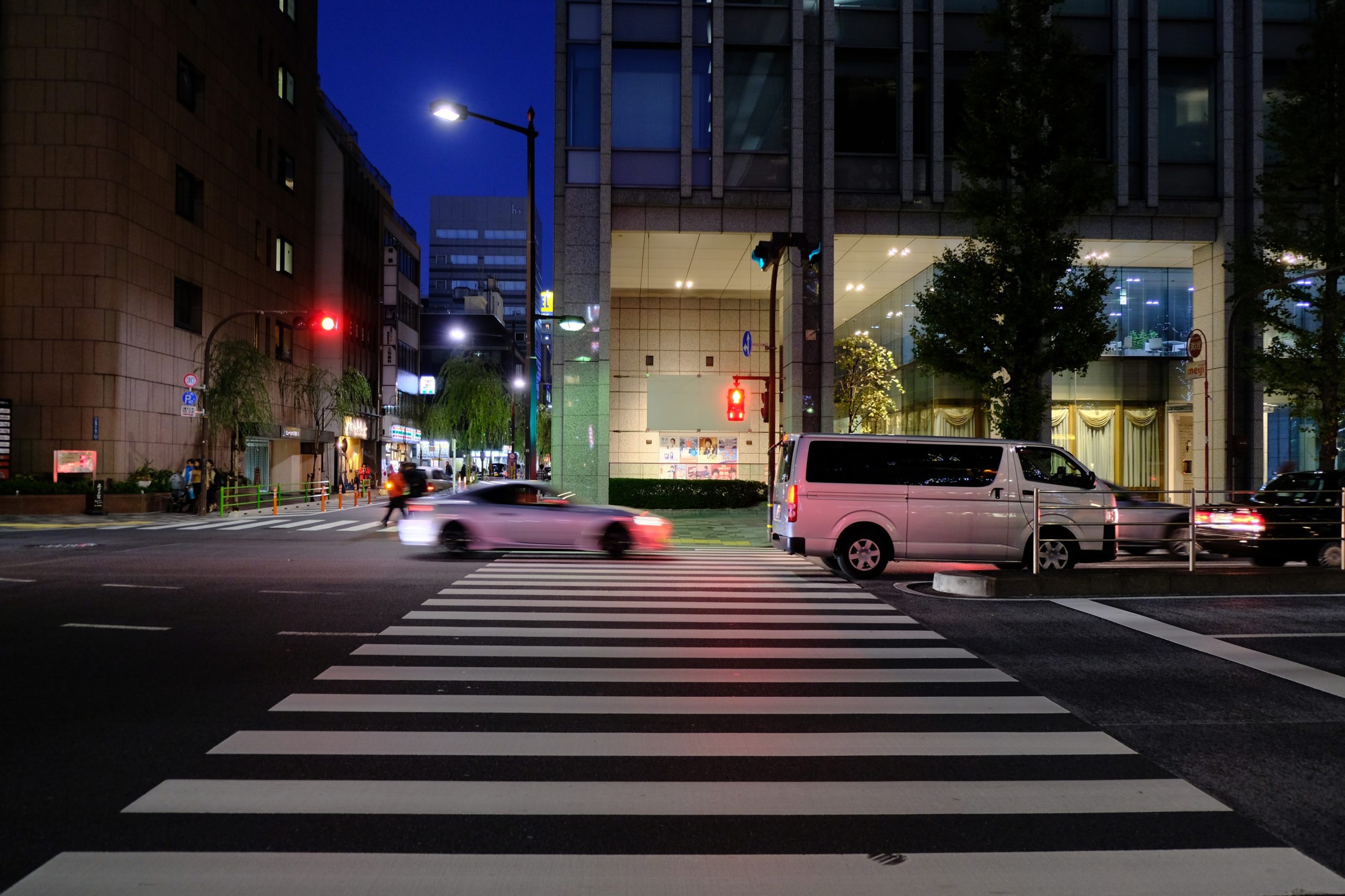Children are more likely to be fatally struck by a vehicle on Halloween than on other nights of the year, according to new research led by the University of British Columbia.
The study, published today in JAMA Pediatrics, found a 43-per-cent increase in the risk of pedestrian death on Halloween compared to control days one week earlier and one week later. For children between four and eight years of age, the risk of pedestrian fatality was 10 times higher on Halloween than on control days.
“Collecting ‘trick-or-treat’ candy from neighbours has been a Halloween tradition among children for over a century, and adult Halloween parties have become increasingly popular in bars and on campuses across North America,” said lead researcher Dr. John Staples, clinical assistant professor in the UBC faculty of medicine and scientist at UBC’s Centre for Health Evaluation and Outcome Sciences. “We wondered if the combination of dark costumes, excitement and alcohol made the streets more dangerous for pedestrians. Our findings suggest that it does.”
Dr. Staples and his co-investigators examined 42 years of National Highway Traffic Safety Administration data on all fatal traffic crashes in the United States between 1975 and 2016. The researchers compared the number of pedestrian fatalities between 5 p.m. and midnight on Halloween with the number during the same hours on control days one week earlier and one week later.
The investigators found that the average Halloween resulted in four additional pedestrian deaths. The increase in risk occurred throughout the U.S. and almost all additional fatalities were children or young adults. The most dangerous time was between 5 p.m. and 8 p.m.
Candace Yip, study co-investigator and UBC undergraduate student in the faculty of science, said the findings suggest a need to improve pedestrian safety throughout the year.
“Our findings suggest there are opportunities to improve pedestrian safety on Halloween, but they also highlight ways that traffic safety might be improved on the other 364 days of the year,” said Yip. “Residential traffic calming, vehicle speed control, and incorporating reflective patches into outerwear might improve pedestrian safety year-round.”
Although pedestrian fatalities have improved in recent decades across North America, traffic collisions result in the deaths of more than 4,500 pedestrians in the U.S. annually, said University of Toronto professor and study co-author Dr. Donald Redelmeier.
“A dead pedestrian cannot be brought back to life,” said Redelmeier. “Yet almost all these deaths can be avoided by a small change in behaviour.”
The researchers recommend that neighbourhoods consider making their area car-free on Halloween. They hope to remind the public not to drive after consuming alcohol, cannabis, or other drugs. They also urge drivers to slow down in residential neighborhoods, suggest parents talk to children about street-crossing safety, and recommend that younger children are supervised while trick-or-treating.
The research was supported by Vancouver Coastal Health Research Institute, the Canadian Institutes for Health Research, and the Canada Research Chair in Medical Decision Science. Dr. Staples is a scientist at the Centre for Health Evaluation and Outcome Sciences (CHÉOS), a joint research centre of UBC and the Providence Health Care Research Institute. He is also an Associate Member at the Centre for Clinical Epidemiology & Evaluation (C2E2).
This press release originally appeared in UBC News.



